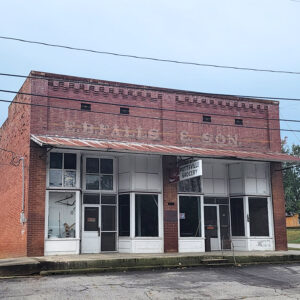 E. B. Falls & Son Building
E. B. Falls & Son Building
Entry Category: Counties, Cities, and Towns - Starting with E
 E. B. Falls & Son Building
E. B. Falls & Son Building
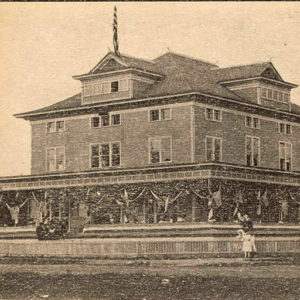 E. S. Crossett Club
E. S. Crossett Club
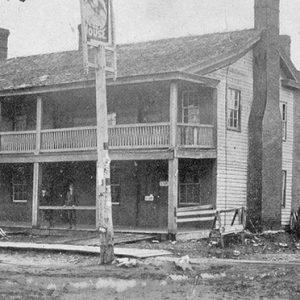 Eagle Hotel
Eagle Hotel
 Eagle House
Eagle House
 Eagle Rangers
Eagle Rangers
Earle (Crittenden County)
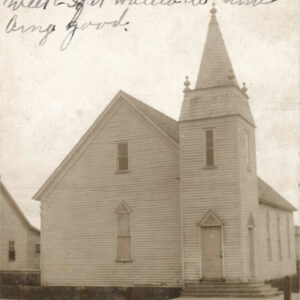 Earle Baptist Church
Earle Baptist Church
 Earle Church
Earle Church
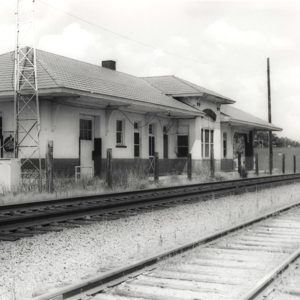 Earle Depot
Earle Depot
 Earle Flood
Earle Flood
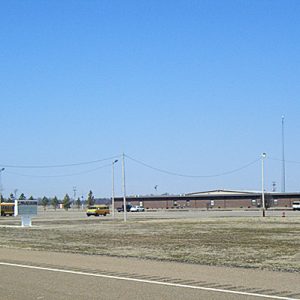 Earle High School
Earle High School
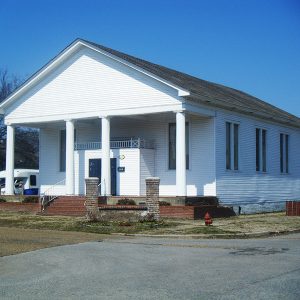 Earle Methodist Church
Earle Methodist Church
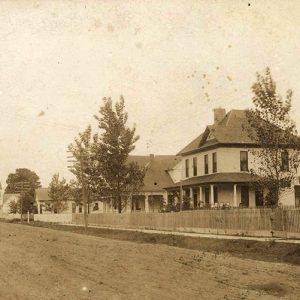 Earle Street Scene
Earle Street Scene
Earnheart (Independence County)
 Easley Cemetery
Easley Cemetery
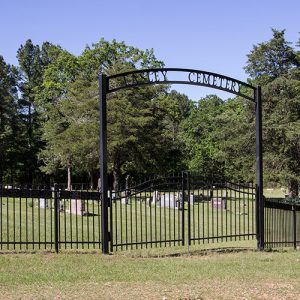 Easley Cemetery
Easley Cemetery
 Entering East Camden
Entering East Camden
East Camden (Ouachita County)
 East Camden City Hall
East Camden City Hall
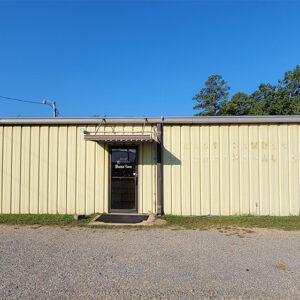 East Camden Court
East Camden Court
 East Camden Fire Department
East Camden Fire Department
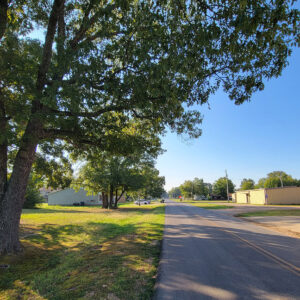 East Camden Street Scene
East Camden Street Scene
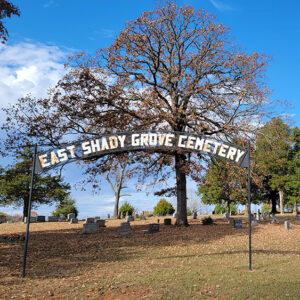 East Shady Grove Cemetery
East Shady Grove Cemetery
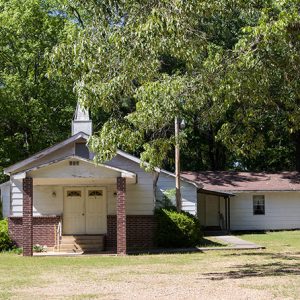 East Whelen Baptist Church
East Whelen Baptist Church
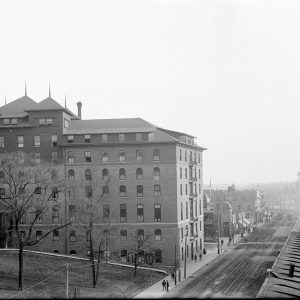 Eastman Hotel
Eastman Hotel
Ebenezer (Hot Spring County)
 Ebenezer Cemetery
Ebenezer Cemetery
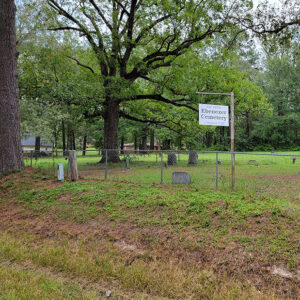 Ebenezer Cemetery
Ebenezer Cemetery
Edgemont (Cleburne County)
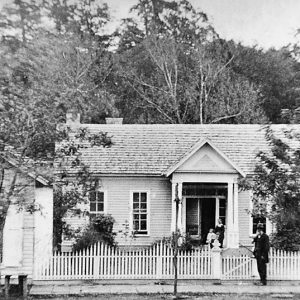 Zeb Edmiston
Zeb Edmiston
Edmondson (Crittenden County)
Egypt (Craighead County)
El Dorado (Union County)
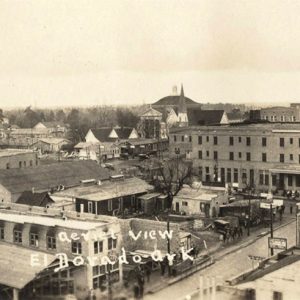 El Dorado Aerial View
El Dorado Aerial View
 El Dorado Oil Company
El Dorado Oil Company
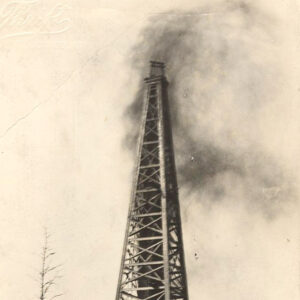 El Dorado Oil Well
El Dorado Oil Well
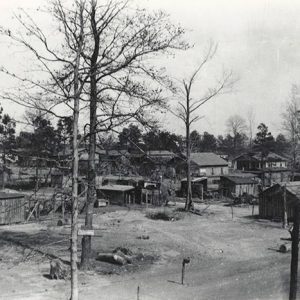 El Dorado Street
El Dorado Street
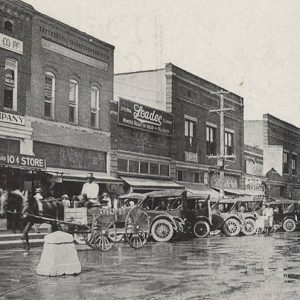 El Dorado Street Scene
El Dorado Street Scene
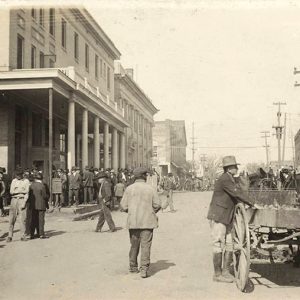 El Dorado Street Scene
El Dorado Street Scene
El Paso (White County)
Elaine (Phillips County)
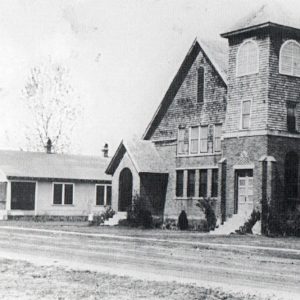 Elaine Methodist Church
Elaine Methodist Church
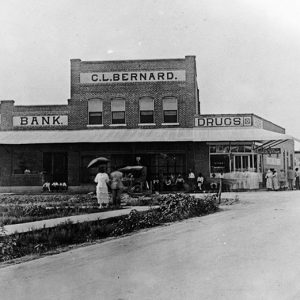 Elaine Street Scene
Elaine Street Scene
 Elberta Theater
Elberta Theater
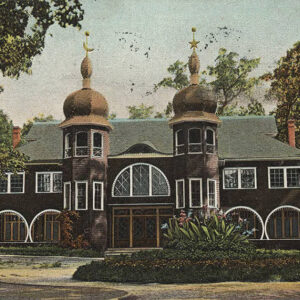 Electric Park Pavilion
Electric Park Pavilion
Elgin (Jackson County)
Elizabeth (Jackson County)
 Elk's Lodge Fire
Elk's Lodge Fire
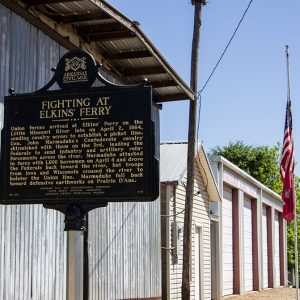 Elkin's (or Elkins') Ferry Sign
Elkin's (or Elkins') Ferry Sign




